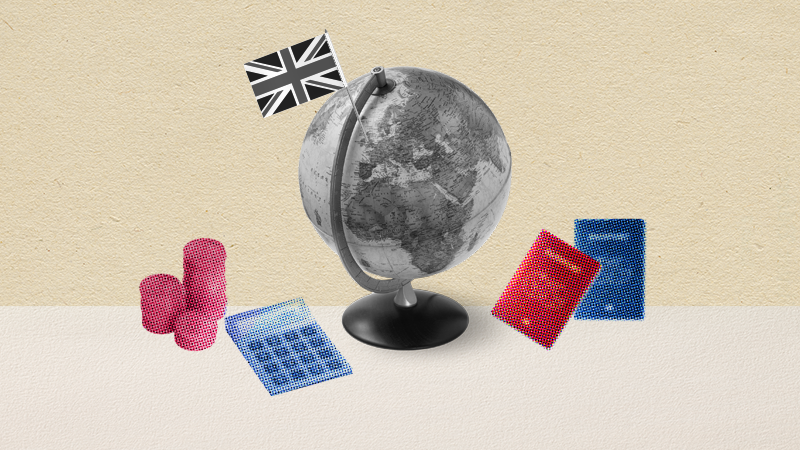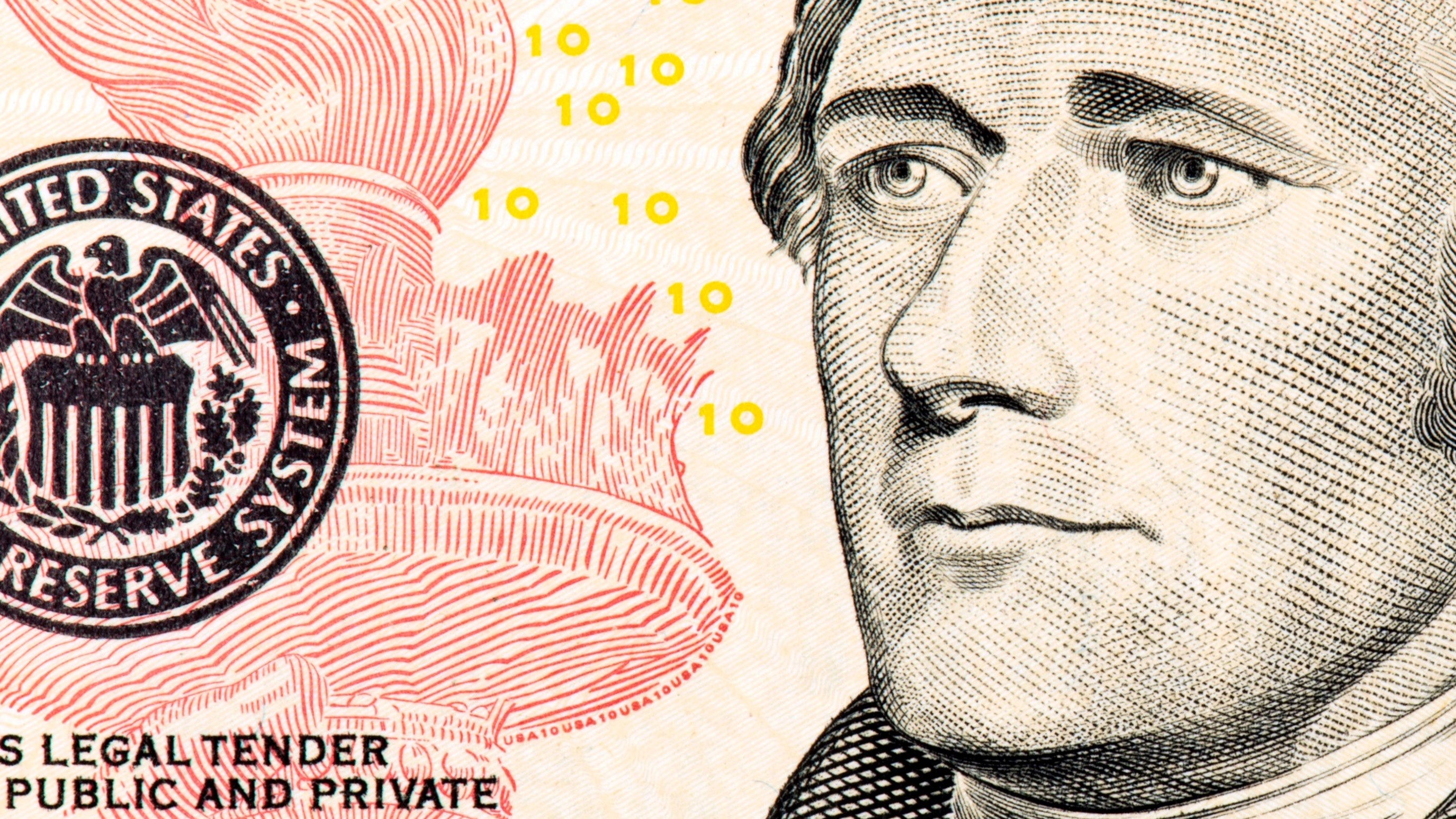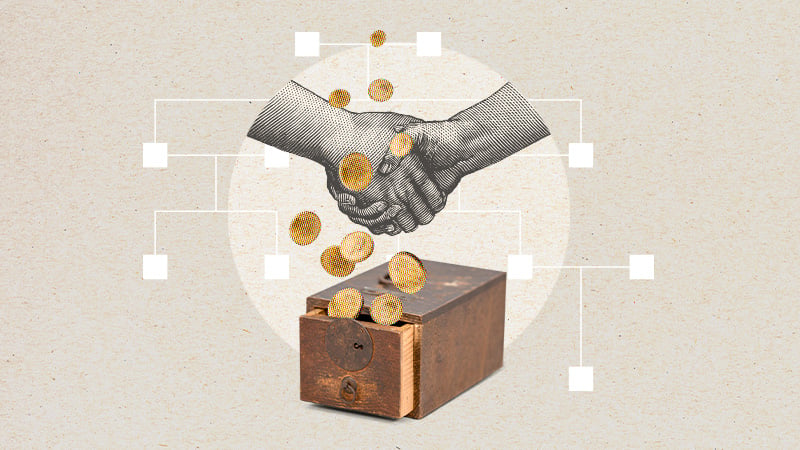Asset Management Europe: Newsflash No.2 – Ukraine/Russia: analysis by Didier Bouvignies
 Didier Bouvignies, General Partner and CIO
Didier Bouvignies, General Partner and CIO
In reaction to the invasion of Ukraine late last week, instead of military intervention, numerous sanctions were taken in order to isolate Russia from the rest of the world, with the goal of weakening it economically.
Main points:
- The G7 has sanctioned the Russian central bank by freezing its reserves (potentially more than 400 billion euros).
- Russian banks have been banned from SWIFT(1), except for two financial establishments closely involved in the oil & gas sector.
- Sanctions have been levelled against companies in the defence, energy, transport and telecommunications sectors; they will no longer be able to import European or US technology.
- Russian oligarchs’ assets have been frozen, including those of Vladimir Putin himself.
- Weapons worth 450 million euros and protection and medical equipment worth 50 million euros are being delivered to Ukraine, funded by a “European Peace Facility” and the European intergovernmental fund, as this investment is off the European Union’s ordinary budget and as the European Commission is not involved.
Keep in mind that oil & gas exports are not being targeted by these sanctions at this stage, due to several European countries’ heavy dependence on Russian oil & gas.
At countries level, Switzerland has suspended its traditional neutrality in putting through the same sanctions as the EU’s, while China, Russia’s strategic partner, abstained from a UN Security Council vote on a resolution that “demands that Russia immediately cease the use of force against Ukraine”. That being said, China has changed its tone recently, and is now calling for a cease-fire in Ukraine. Russia and Ukraine have resumed diplomatic talks, but there is little hope that they will result in agreements.
How have the markets reacted?
Although the sanctions do not cover exports of energy products, the risk of an escalation of these reprisals are raising fears of major disruptions in oil supplies, especially natural gas, as commodities prices have spiked in recent days.
In the interest rate market, the Russian Central Bank raised its key rate very sharply from 9.5% to 20% in order to combat the fall of the rouble, the Russian currency having lost 10% of its value last week and 26% this week. In Europe, all short-term rates fell, with in particular a 40 basis point (bp) drop in the German 2-year rate compared to the beginning of February (to -0.65%), as well as a notable drop in the 10-year rate (Bund), closing in slightly negative territory, close to 0%. The day of 1 March could already be considered historic, with a 20 bp drop in the Bund in just 24 hours, a phenomenon not seen since 2011 and 1994, two periods when the Bund was in decline. since 2011 and 1994, two periods when rates were positive at 2.2% and 7.0% respectively. To this situation, we can add a rise in inflation anticipated in indexed bonds of 2.3% and a fall in real rates “pulverising” the historic low, at 2.4%, as the interest rate market seems to want to incorporate a situation of stagflation(2) into its prices.
On the equity market, the market for Russian equity ETFs listed in London fell by a staggering 80% from 22 February. As a result, the Moscow Stock Exchange was closed on 28 February and redemptions on funds with exposure to the Russian market were suspended. We are also seeing underperformance in Eurozone and emerging market equities, as opposed to outperformance in the US(3). From a sectoral point of view, growth stocks are currently outperforming Value(4) stocks, mainly due to the fall in real interest rates: banks, automobiles and leisure activities have been heavily impacted, while commodities and energy have held up rather well.
What will the economic impact be on Russia and worldwide?
The Russian economy is being hit very hard by the drop in the rouble, which will send inflation up to about 9%(5), and by the spike in interest rates following the Russian central bank’s decision (from 9.5% to 20%.)
Internationally, the impact on trade should be small, as the Russian economy accounts for just 1.2% of global GDP and is equal to just 2.9% of the Eurozone’s GDP. The impact on the global economy should be about 0.2%, as the US and China are shielded rather well(6).
The main repercussions will be on commodity prices, as Russia accounts for 12% of the world’s oil, 16% of its natural gas, and 11% of its wheat. Russia is the world’s largest energy exporter, with 60% of its exports going to Europe and 20% to China(7). So there looks to be an inevitable impact on inflation at a time when there were already concerns about whether or not it was temporary, with February year-on-year inflation amounting to 5.8% in the Eurozone and 7.4% in Spain(5). So, the impact will be very severe in Europe – about 1%, according to some economists(8) – owing to its energy dependence.
Keep in mind that there appears to be no sign of a major risk of a financial crisis, owing to the financial establishments’ low exposure to Russia. These events will probably mean that central banks will dial back their monetary tightening trajectories, the European Central Bank in particular, as the economic impact will be greater in the Eurozone. Keep in mind that there appears to be no sign of a major risk of a financial crisis, owing to the financial establishments’ low exposure to Russia. These events will probably mean that central banks will dial back their monetary tightening trajectories, the European Central Bank in particular, as the economic impact will be greater in the Eurozone.
What are some ways out of the crisis?
The invasion of Ukraine is on such a scale that it is harder and harder to imagine a scenario in which each party saves face, particularly as Vladimir Putin is expected to move to a tougher posture, with far greater human impacts for civilians and the Russian armed forces.
Putin will have an increasingly hard time in achieving his objective – replacing the government in place with a pro-Russian one – as the Ukrainian authorities do not appear to be willing to accept the Kremlin’s demands.
So, what would Russia be satisfied with? A promise that Ukraine won’t join NATO? A referendum in some eastern territories, or even a status of autonomy or independence? Would Ukraine be willing to give up sovereignty in these territories?
These are unanswered questions but, for the moment, the answers appear to be no, judging by the request by the Ukrainian president, Volodymyr Zelensky, for an accelerated process to join the European Union.
Through sanctions, the West is trying to stoke greater protests by:
- Undermining the Russian economy through a drop in the rouble, higher inflation, and a loss of purchasing power for Russian households; and
- Jeopardising the wealth of oligarchs so that they will try to sway Putin. The sanctions could push Putin into keeping an open channel for negotiations, although he is isolated and probably determined, not wanting to lose face at the age of 69.
What is the outlook for the equity markets?
The markets are obviously hanging on each development in the conflict, but even more on trends in prices of commodities that are regarded as the war’s main spillover on developed economies, given how small the Russian economy is on a global scale, and given that financial establishments are little exposed to Russian risk, unlike the situation in 1998. So, everything will depend on how much oil goes up and for how long. The resulting shock will be cushioned by the fact that these events are occurring at a time when the US and European economies are faring well and China is showing signs of improvement. On the other hand, this environment increases inflationary fears.
Markets in recent days appear to be pricing in stagflation, perhaps excessively so. The 14% drop in Eurozone markets has wiped out two thirds of their 2021 gains and pushed indices to their end-2020 levels, even as earnings have, at the same time, risen by 20%(9).
Accordingly, equity market valuations have become more attractive, with risk premiums up sharply, due to the combined drop in bond yields and equity markets. US equity markets, however, are less vulnerable.
Completed writing on 4 March 2022
Download the PDF version Newsflash No.2 - Ukraine/Russia: analysis by Didier Bouvignies
(1) SWIFT: The Society for Worldwide Interbank Financial Telecommunication’s mission is to serve as the network through which messages for the initiation of international payments are exchanged.
(2) Stagflation: An economic situation where slower growth, sometimes recession, is accompanied by rising prices and wages.
(3) All figures quoted in the previous two paragraphs are from Bloomberg, 03/03/2022.
(4) Value: A value strategy is one that seeks out companies that are undervalued by the market at a given point in time, i.e. whose stock market valuation is lower than it should be in relation to the company’s earnings and asset value. Value investors select stocks with low price-to-book ratios or high dividend yields.
(5) Source: Bloomberg, 03/03/2022.
(6) Source: IMF, February 2022.
(7) Source: Eurostat, February 2022.
(8) Source: Consensus forecast, February 2022.
(9) Source: Bloomberg, 03/03/2022.
Past performances are not a reliable indicator of future performance and are not constant over time.
The performance of the indices is calculated with dividends reinvested.




